The moon has long been revered for its profound influence on Earth, its tides, and the natural world. Yet, beyond its visible effects, the moon’s phases hold a deeper connection to cosmic power—a hidden energy that shapes not just the ocean’s waves but also the spiritual and transformative forces within us. From ancient myths to modern scientific discoveries, the relationship between moon phases and cosmic energy remains a subject of fascination and exploration. This article delves into the intricate ways in which the moon’s cycles interact with universal energies, uncovering the transformative insights that link lunar patterns to cosmic phenomena. By examining the science behind lunar influences, historical beliefs, and the practical applications of harnessing this cosmic moon power, we aim to reveal how the moon’s phases play a pivotal role in shaping our world and our personal growth.
Key Takeaways
– Moon Phases Directly Impact Cosmic Energy Levels: The moon’s phases significantly influence cosmic energy, with peaks during the new moon and full moon.
– Each Phase Corresponds to Unique Cosmic Energy Peaks: From growth during the waxing phases to completion and transformation during the waning phases, each moon phase has distinct energy impacts.
– Understanding Lunar Cycles Enhances Cosmic Power Utilization: Grasping the moon’s cycle helps in effectively harnessing cosmic energy for personal and planetary purposes.
– Moon Phases Reflect Both Physical and Spiritual Cosmic Dynamics: These phases affect physical phenomena like tides and carry spiritual meanings tied to cosmic power shifts.
– Leveraging Moon Phase Knowledge Empowers Personal and Planetary Growth: By studying moon phases, individuals can align with cosmic energy flows, fostering growth and transformation.

How Do Moon Phases Relate to Cosmic Power?
The relationship between moon phases and cosmic power is a fascinating topic rooted in astronomy and spirituality. Each phase of the moon influences cosmic energy, affecting everything from tides to human emotions. Here’s how moon phases connect to cosmic power:
- Full Moon : Known as the “Blood Moon” in certain cultures, the full moon is considered a powerful time for spiritual growth. It amplifies cosmic energy, making it easier to connect with universal consciousness.
- New Moon : Symbolizing renewal, the new moon marks a fresh start. It’s a time to set intentions and harness cosmic energy for manifestation.
- Waxing Crescent : During this phase, cosmic energy builds up, preparing for the full moon. It’s ideal for focusing on personal goals and growth.
- Waning Crescent : As the moon wanes, cosmic energy diminishes, offering a time for reflection and releasing old patterns.
- Quarter Moons : These phases, including the first quarter and last quarter, represent balance and harmony. They offer opportunities for healing and emotional release.
- Solunar Cycle : The combination of sun and moon phases creates the solunar cycle, influencing tides and Earth’s energy fields. This cycle is believed to affect human behavior and natural phenomena.
Understanding these phases allows us to align with cosmic energies, fostering personal and planetary harmony. To delve deeper, explore the insights at Blood Moon Prophecy .
Understanding the Connection Between Moon Phases and Cosmic Power
The connection between moon phases and cosmic power is rooted in the fundamental principles of astronomy and celestial dynamics. While often associated with Earth’s tides, the moon’s phases play a more extensive role in shaping the cosmos.
1. Gravitational Influence Beyond Earth
The moon’s gravitational pull extends far beyond Earth, influencing ocean tides and shaping the Earth’s environment. However, this influence doesn’t stop there. The moon’s gravitational effects can ripple through the solar system, potentially impacting other planets and celestial bodies, contributing to cosmic events and alignments.
2. Tidal Forces and Cosmic Interactions
Tidal forces, caused by the moon’s gravity, not only affect Earth but also have implications for larger cosmic structures. These forces can lead to phenomena like tidal locking, where one face of the moon consistently faces Earth. This phenomenon highlights the moon’s role in a broader cosmic ecosystem, where interactions between celestial bodies shape the universe.
3. Lunar Cycles and Spiritual Significance
Beyond physical effects, certain moon phases, such as the blood moon (a total lunar eclipse), are believed to hold spiritual significance. These events are often linked to increased cosmic energy and alignment, influencing human consciousness and spiritual practices. Cultures around the world have attributed transformative power to these moments, viewing them as opportunities for introspection and growth.
4. Broader Implications for Cosmic Understanding
The moon’s phases and their effects suggest a deeper connection to cosmic power, challenging traditional views of the universe. By examining the moon’s influence, we gain insights into the intricate web of cosmic interactions, from planetary movements to stellar evolution. This understanding is crucial for advancing our knowledge of the cosmos and its governing laws.
For further exploration, visit Blood Moon Prophecy to discover more about the spiritual and cosmic significance of lunar events. Additionally, explore Astrology.com and Influx Insights for complementary perspectives on celestial phenomena and their universal impacts.
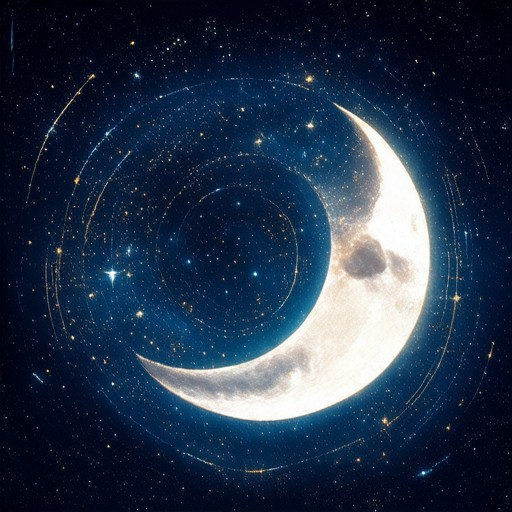
What Role Do Moon Phases Play In Cosmic Power Transformations?
The moon phases play a significant role in cosmic power transformations, influencing energy flows and celestial events. Here’s a breakdown of how each phase contributes:
- New Moon: Marks a fresh start, aligning with new beginnings and setting intentions. It’s a time for manifestation and growth, as the moon’s energy is at its peak.
- Waxing Crescent: The moon is growing larger, symbolizing expansion and development. This phase is ideal for initiatives and actions aimed at growth and progress.
- First Quarter: The moon is a quarter full, representing balance and harmony. This phase is associated with stability and partnerships, making it a favorable time for collaboration.
- Full Moon: The moon is completely visible, emitting maximum light and energy. This phase is linked to culmination and realization, often associated with spiritual awakening and emotional release.
- Last Quarter: The moon is waning, focusing on letting go and completing cycles. This phase encourages reflection and introspection, preparing for new beginnings.
- Waning Crescent: The moon is nearly invisible, signaling the end of a cycle. This phase is about closure and moving forward, often linked to transformation and renewal.
Moon phases also influence cosmic events like eclipses, which occur during specific phases. These rare alignments can have profound impacts on Earth’s energy fields, affecting human consciousness and spiritual growth.
Learn more about the deeper spiritual meanings and cosmic implications of moon phases at Blood Moon Prophecy , where we explore ancient wisdom and modern insights into celestial patterns.

How Do Moon Phases Influence Cosmic Power?
The moon’s phases play a significant role in shaping cosmic power, influencing various astronomical phenomena and celestial events. Here’s a breakdown of how each moon phase contributes to the broader cosmic landscape:
- New Moon :
During the new moon, the moon appears completely dark and hidden from view, as it aligns between the Earth and the Sun. This phase marks the beginning of a new lunar cycle and often coincides with increased cosmic energy, as the moon’s gravitational pull on the Earth becomes slightly stronger due to its proximity to the Sun. This subtle shift can influence tidal patterns and oceanic currents, indirectly affecting Earth’s rotation and atmospheric patterns. - Waxing Crescent :
As the moon begins to wax, its illuminated surface increases, casting a brighter glow over the night sky. This phase is associated with growth and expansion, both on the moon and within the solar system. The increasing gravitational influence of the moon during this phase can enhance Earth’s rotational stability, contributing to a more balanced distribution of cosmic energy. - First Quarter :
The moon reaches its first quarter, appearing half-illuminated in the sky. At this stage, the moon’s gravitational pull is at its peak, exerting a significant influence on the Earth’s tides. This phase often corresponds to periods of heightened cosmic activity, including increased solar flares and geomagnetic storms, which can affect satellite communications and power grids on Earth. - Full Moon :
The full moon is a time of maximum illumination, where the moon’s surface is fully visible from Earth. This phase is known for its strong gravitational effects, influencing the Earth’s tides to their greatest extent. The full moon is also associated with heightened spiritual energy, making it a significant time for rituals and celebrations that connect with cosmic forces. Additionally, the full moon’s brightness can impact astronomical observations, as it often outshines stars and planets in the night sky. - Waning Crescent :
As the moon wanes, its illuminated surface decreases, signaling the end of its current lunar cycle. This phase is marked by a decrease in the moon’s gravitational pull on Earth, leading to a gradual subsidence of tidal effects. Cosmically, this phase often corresponds to periods of transition and change, as the moon moves closer to becoming a new moon. This shift can influence celestial alignments and the distribution of cosmic energy. - Last Quarter :
The last quarter of the moon’s cycle sees the moon appearing three-quarters illuminated in the sky. During this phase, the moon’s gravitational influence diminishes slightly, leading to a reduction in tidal effects. However, the last quarter is still a significant time for astronomical observations, as the moon’s position allows for unique alignments with other planets and celestial bodies, contributing to the understanding of cosmic power dynamics.
By understanding the cyclical nature of moon phases, we gain insight into the intricate dance of cosmic energies that shape our world and the universe around us. The moon’s phases not only influence Earth’s tides but also play a crucial role in shaping the cosmic environment, impacting everything from celestial events to the stability of our planet.
How Do Moon Phases Influence Cosmic Energy?
The moon’s phases have long been believed to influence cosmic energy, aligning with the natural cycles of the universe. Here’s a breakdown of how each moon phase affects cosmic energy:
- New Moon :
During the new moon, cosmic energy is said to reach its peak, symbolizing new beginnings and growth. This phase is often associated with increased potential and spiritual awakening, as the moon’s influence becomes most powerful. - Waxing Crescent :
As the moon grows in the early stages of its cycle, cosmic energy begins to rise. This phase is ideal for setting intentions and manifesting goals, as the growing moon reflects the expansion of energy and vitality. - First Quarter (Waxing Gibbous) :
The first quarter marks a time of growth and development, where cosmic energy is strong and focused. This phase is perfect for taking action and harnessing the momentum of the moon’s influence. - Full Moon :
The full moon represents a time of completion and harmony. Cosmic energy reaches its apex during this phase, allowing for profound spiritual connections and transformations. It’s considered a powerful time for rituals and celebrations. - Last Quarter (Waning Gibbous) :
As the moon wanes, cosmic energy gradually diminishes, preparing the ground for introspection and reflection. This phase is associated with releasing old patterns and embracing transformation. - New Crescent :
The final phase of the moon’s cycle sees cosmic energy diminishing, signaling a time of rest and renewal. This phase is ideal for grounding and integrating the energies absorbed during the previous phases.
By understanding the cyclical nature of the moon’s phases, we can better align ourselves with the fluctuations of cosmic energy, allowing us to harness its power for personal and planetary growth. Exploring resources like Astrology.com and Horoscope.com can offer deeper insights into how moon phases influence cosmic energy and your daily life.

Why Do Moon Phases Matter for Cosmic Power?
The moon’s phases play a significant role in understanding cosmic power, influencing both natural phenomena and spiritual beliefs. Here’s a breakdown of their importance:
Physical Effects
Moon phases have measurable effects on Earth’s tides due to the moon’s gravitational pull. Beyond our planet, these phases may influence cosmic energy distribution and interactions. The varying illumination of the moon could affect celestial events, such as gravitational alignments or energy surges, making certain phases more conducive to observing or harnessing cosmic power.
Spiritual and Symbolic Significance
Culturally, the moon’s phases hold deep spiritual meaning. A blood moon, occurring during a total eclipse, symbolizes power shifts and transformative events. It often signifies a time of intensified cosmic energy, prompting reflection and spiritual growth. Different phases may correspond to periods of increased cosmic awareness or energy alignment, guiding practices and rituals aimed at connecting with universal forces.
Practical Observations
Stargazers and astronomers use moon phases to track cosmic patterns and predict celestial events. By studying these phases, individuals can better understand the rhythms of the universe and leverage this knowledge for various purposes, from navigation to energy work.
Conclusion
Moon phases matter for cosmic power as they reflect both physical and spiritual aspects of the universe. They offer insights into energy flows, celestial alignments, and transformative events, making them invaluable for exploration and spiritual practice. By paying attention to these phases, we can better appreciate and utilize the cosmic energy around us.
Learn more about the spiritual significance of moon phases and their connection to cosmic power.
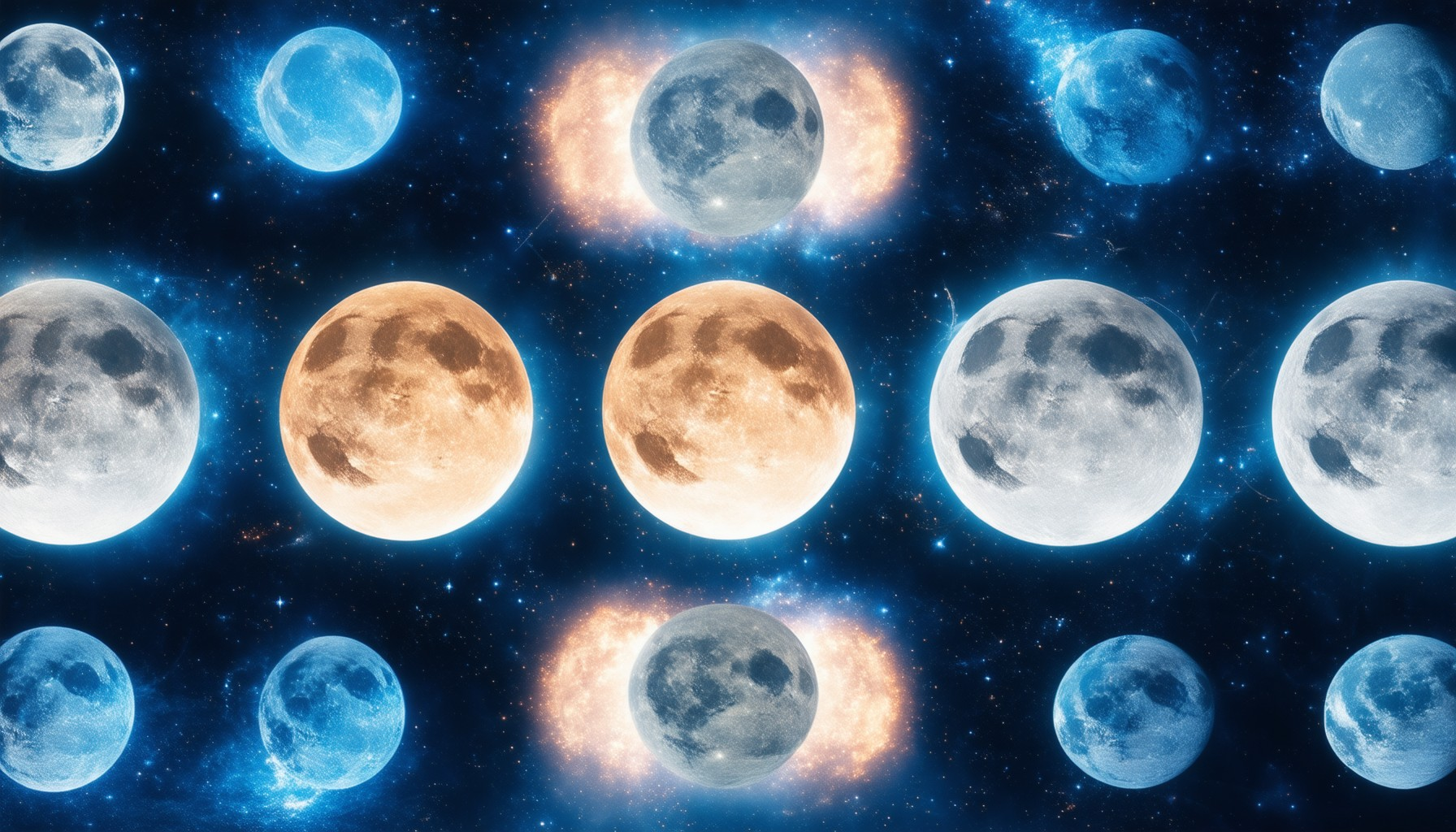
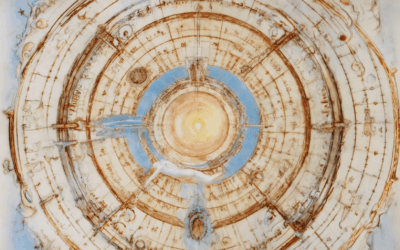
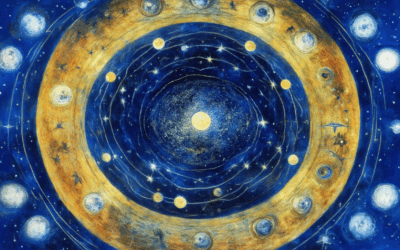

0 Comments